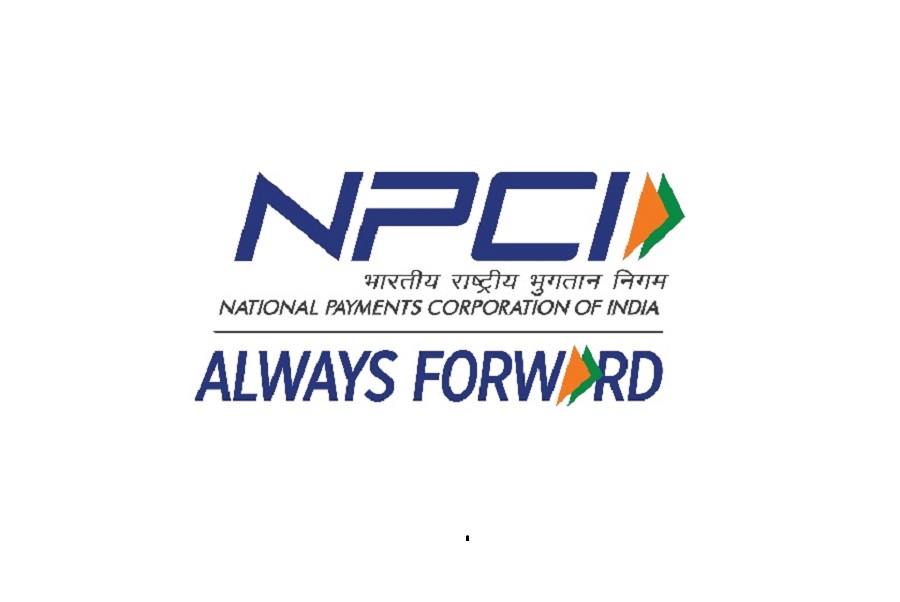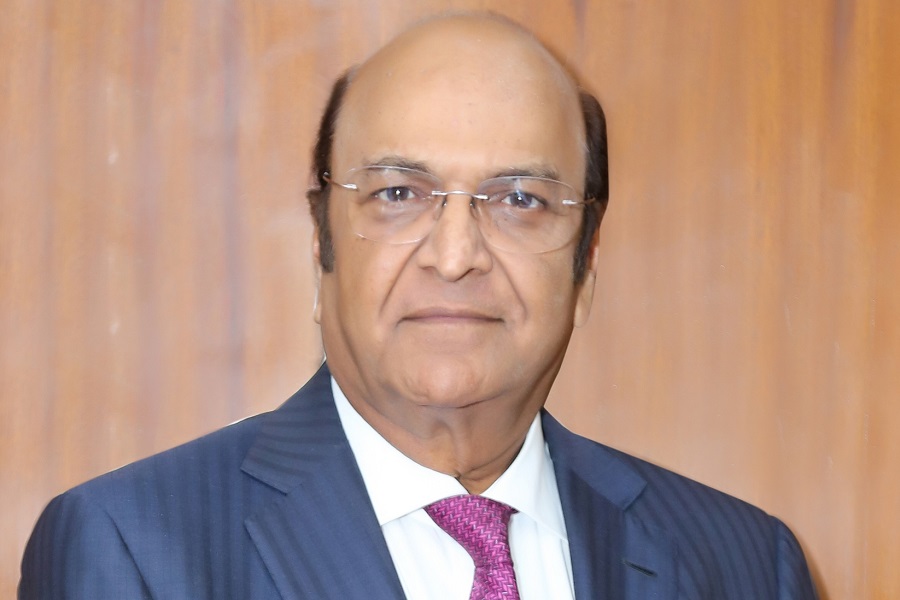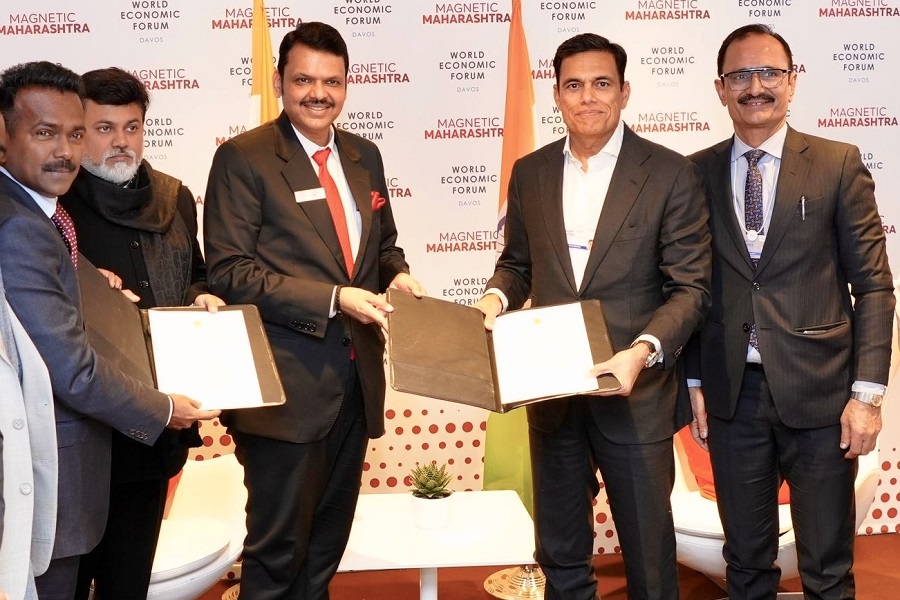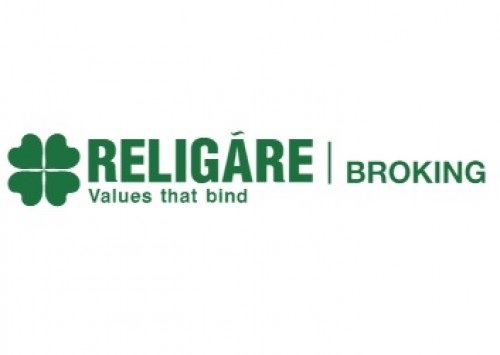Greenchef Appliances coming with an IPO to raise upto Rs 53.62 crore

- Greenchef Appliances is coming out with a 100% book building; initial public offering (IPO) of 6,163,200 shares of Rs 10 each in a price band Rs 82-87 per equity share.
- The issue will open for subscription on June 23, 2023 and will close on June 27, 2023.
- The shares will be listed on NSE Emerge.
- The face value of the share is Rs 10 and is priced 8.20 times of its face value on the lower side and 8.70 times on the higher side.
- Book running lead manager to the issue is Hem Securities.
- Compliance Officer for the issue is Aarti Panigrah.
Profile of the company
The company is engaged in the business of manufacturing and marketing of wide range of kitchen appliances under the brand name of Greenchef. Its kitchen appliances include wide range of solutions comprising of Gas Stoves, Pressure Cookers, Mixer Grinders, Wet Grinders, Electric Rice Cooker, Induction Cooktops, Non-stick Cookwares like: Tawa, Fry Pan, Kadai, Biriyani Pot, Tadka Pan, Paniyarakkal, Appamchetty etc, Kettles, Hose Pipes, Gas Cylinder Trolley and Spin Mop.
Further the company is also engaged in marketing of appliances like: Chimney, Stainless Steel Utensils, Blenders, Vegetable Chopper, Silicon Gasket, Water Bottles, Fans, Iron etc. It also trade in other appliances including (i) Chimney, (ii) HOB Gas Stoves, (iii) Iron (iv) Stainless steel utensils, (v) Blenders, (vi) Vegetable Chopper, (vii) Water Bottles, (viii) Silicon Gasket etc vide distributors and dealers across India. These products are also sold on online platforms like Flipkart India, Jiomart, Bigbasket and Amazon Seller Services. Its range of products are offered at different pricing points to meet diverse customer requirements.
It manufactures the majority of core products like: railing pipe, mixing tube, brass burner, pan support etc required in Gas Stoves, weight valve and vent tube required in pressure cookers, mixi motor and jars required in Mixer Grinders etc. This enables it to control and monitor the quality and costs of these products. For certain product categories and sub-categories, it engages in sourcing from third party manufacturers both domestically and from outside India. For sourced products, it has a dedicated team to undertake inspection and ensure that such products are built to suit it specifications in terms of design and quality. It also provide after sales services in relation to its products. These services include repairs and maintenance of sold goods and installation Services. Its service charges vary from type of services (In warranty, out - of warranty), place of service (Home service, dealer location service) and on the nature or type of the product. The service charges depend on the type of product and services availed by the customers.
Proceed is being used for:
- Funding capital expenditure towards installation of additional plant and machinery.
- Funding capital expenditure towards construction of factory building.
- Funding of working capital requirement.
- General corporate purpose.
Industry overview
The Indian Consumer Durable Industry (which includes domestic appliances and consumer electronics) is forecasted to double its market value in next 3 years and expected to reach around $18 billion (around Rs 1.4 trillion) by the year 2050, according to the Consumer Electronics and Appliances Manufacturers Association (CEAMA). CEAMA is also optimistic to make India the alternative hub for exports
The kitchen appliances industry in India is expected to grow at a CAGR of 9.0% during the period of 2022-2026 in terms of volumes. This industry is expected to grow due to increased technological advancements, cost and energy efficiency, leading to improved product awareness and a rise in demand from the tier-II and tier-III cities. This market has been growing well for the past few years and is expected to grow further based on the increasing consumer consumption trends and the rise in per capita income. Several stores were shut for several months during the COVID-19 lockdowns, resulting in a major drop in demand for kitchen home appliances. The growth is supported by an increased demand for branded products and modern kitchen appliances owing to increasing disposable incomes and changing lifestyle, which instigate an inclination toward sophistication of kitchens, especially for the growing working women population. India's food industry is also rapidly expanding which is leading to a growth in kitchen appliances industry. The expansion of retail shops, restaurants, and cafes has a favorable impact on the growth of the kitchen appliances sector. Growing online retailing is also giving further impetus to the market to venture into this strongly emerging channel of distribution to capture maximum sales, and meet the consumer demand effectively.
The India kitchen appliances market is anticipated to reach $2,933 million by the year 2026, increasing from $1,671 million in the year 2022, at a CAGR of 15.1%. The industry is thriving with the increasing demands of vast and diverse user base in the country. The kitchen appliances are majorly utilised by the urban and the semi-urban sectors. The contribution from rural economy has only begun recently from this sector. About two-third of Indian kitchen appliances is sold in the urban centres and major metropolitan cities. Metros such as Mumbai and Delhi are emerging as consumption hubs for kitchen appliances. The presence of both organized and unorganized firm characterizes the market, with the former accounting for majority of the market share.
Pros and strengths
Strong manufacturing capability: It has three manufacturing facilities located at Bengaluru, Karnataka and one manufacturing facility located at Parwanoo, Himachal Pradesh. Its manufacturing facilities are accredited with ISO 9001:2015 for quality management system. As of December 31, 2022 its manufacturing facilities have an aggregate production capacity of 51.48 lakh units per annum to manufacture Gas Stoves, Pressure Cooker, Mixer Grinder, Wet Grinder, Electric Rice Cooker, Induction Cooktop, Non-stick Cookwares and Kettle.
Consistent focus on quality: It considers that quality is a pre-requisite for a positive consumer experience and long-term brand loyalty. This philosophy has formed the foundation of the expansion and diversification of its product portfolio since its inception. Its focus on quality is maintained at all stages right from the sourcing of raw materials, which is undertaken from manufacturers to the product manufacturing and assembly stage, which is subject to a rigorous review and monitoring process undertaken at its manufacturing facilities. For products which are sourced by it from third party suppliers, It has a dedicated sourcing team and quality assurance team, which closely monitors the quality of such products.
Well connected distribution network: It considers that the integration of its supply chain and distribution network with its manufacturing facilities provides it with a competitive advantage over other players in the Indian kitchen appliances industry. As of December 31, 2022, its manufacturing facilities are well connected with five strategically located C&F agents in the state of Rajasthan Maharashtra, Uttar Pradesh, Gujarat and Bihar. Additionally as on December 31, 2022 it has around 450 distributors in 22 states and 3 union territories of India. The C&F agents and distributors are, in turn, connected with a dealer network for sale of its products through their respective retail outlets. Further It is approved vendors of various retail chains such as DMART, Reliance Retail Limited, StarBazaar for the sale of its products from several of their retail outlets in India. Further, its products are sold online through e-commerce platforms such as Flipkart India Private Limited, Jiomart, Bigbasket and Amazon Seller Services Private Limited.
Risks and concerns
Highly competitive market: The kitchen appliance industry is highly fragmented as there is competition from various domestic and international players. There are some of the big multinational brands like Haier, Bosch and Midea who are in competition to the domestic players. It faces intense competition from other retailers that market products similar to company’s products. It’s also face regional competition from local brands in the various geographies where its products are sold. It competes in various aspects, including brand recognition, value for money, user experience, breadth of product and service offerings, product functionality and quality, sales and distribution, supply chain management, customer loyalty, and talents, among others. Intensified competition may result in pricing pressures and reduced profitability and may impede its ability to achieve sustainable growth in its revenues or cause it to lose market share. Its competitors may also engage in aggressive and negative marketing or public relations strategies which may harm its reputation and increase its marketing expenses. Any of these events could substantially harm its results of operations.
Depend on third party service provider: It outsources all of its transportation and logistics services, as well as some portion of installation and after-sale services, for its products to third-party service providers. It relies on these outsourcing partners to bring its products to its customers and in some cases, install them for its customers, and provide after-sale services. While these arrangements allow it to focus on its main business, they also reduce its direct control over the logistics and aftersales services provided to its customers. Any failure of its logistics partners to perform may have a material negative impact on the timely delivery of its products and customer satisfaction. In addition, logistics in its primary locations or transit to final destinations may be disrupted for a variety of reasons including, natural and man-made disasters, information technology system failures, commercial disputes, military actions or economic, business, labour, environmental, public health, or political issues. It may also be unable to pass any increase in logistics costs to its customers. Errors that occur in product installation or product maintenance processes can compromise its products and services, adversely affect customer experience, and harm its business.
Highly dependent top 10 customers: It depends on certain customers who have contributed to a substantial portion of its total revenues. Its top 10 customers accounted, cumulatively, for 36.24%, 26.56%, 28.91% and 32.24% of its revenue from operations for the nine months period ended on December 31, 2022 and in Fiscals 2022, 2021 and 2020 respectively. There is no guarantee that it will retain the business of its existing key customers or maintain the current level of business with each of these customers.
Outlook
Greenchef Appliances is engaged in the business of manufacturing and marketing of wide range of kitchen appliances under the brand name of Greenchef. Further, the company is also engaged in marketing of appliances like: Chimney, Stainless Steel Utensils, Blenders, Vegetable Chopper, Silicon Gasket, Water Bottles, Fans, Iron etc. On the concern side, it faces intense competition from other retailers that market products similar to its produts. It also faces regional competition from local brands in the various geographies where its products are sold. It competes in various aspects, including brand recognition, value for money, user experience, breadth of product and service offerings, product functionality and quality, sales and distribution, supply chain management, customer loyalty, and talents, among others.
The company is coming out with an IPO of 6,163,200 equity shares of face value of Rs 10 each. The issue has been offered in a price band of Rs 82-87 per equity share. The aggregate size of the offer is around Rs 50.54 crore to Rs 53.62 crore based on lower and upper price band respectively. On performance front, the company’s total income for the financial year 2021-22 stood at Rs 33,704.52 lakh whereas in Financial Year 2020-21 the same stood at Rs 23,929.33 lakh representing an increase of 40.85%. The main reason of increase was increase in the volume of business operations of the company. The company reported restated profit after tax for the financial year 2021-22 of Rs 76.54 lakh in comparison to Rs 251.34 lakhs, decrease by 69.55%. Going forward, it aims to continue to maintain its focus on cost management, including in-house integrated manufacturing capabilities across its business to deliver growth as well as to achieve economies of scale. It will continue to seek to manage its supply chain costs through optimal inventory levels, backward integration, economic orders and other measures. Economies of scale will also enable it to continuously improve its operational efficiencies.
























